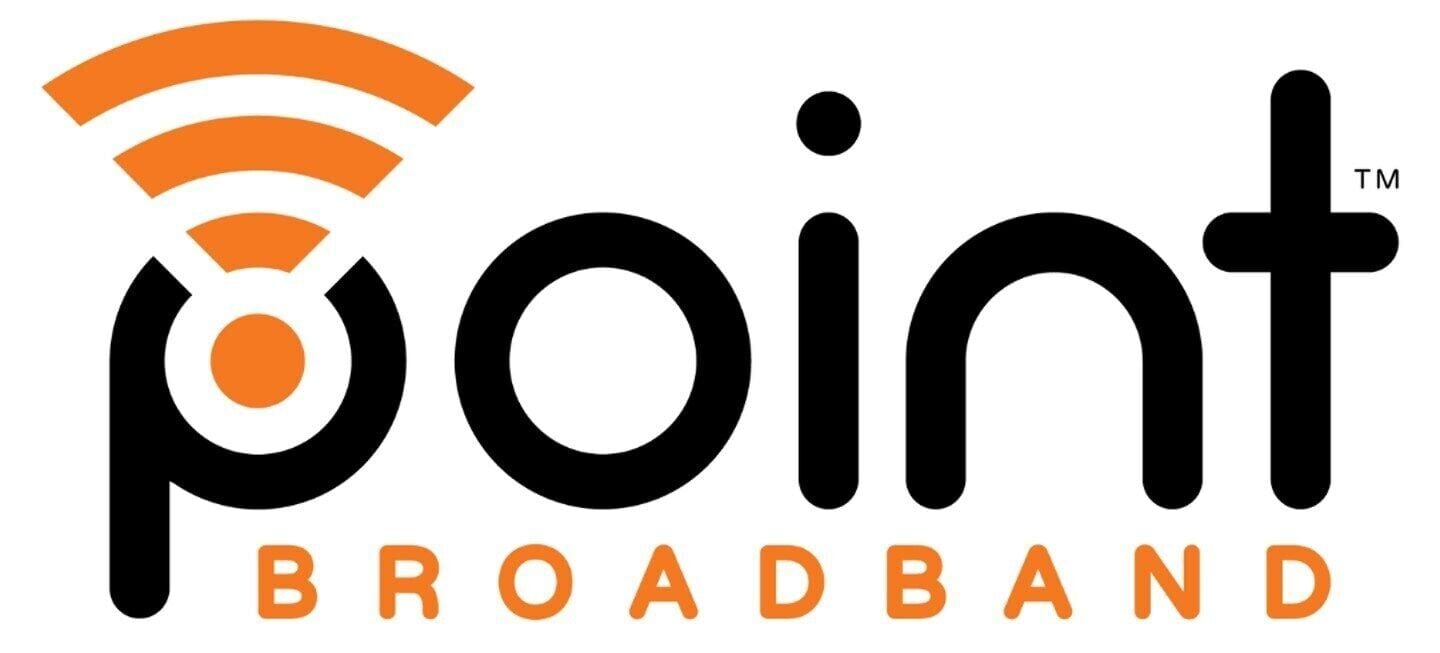Despite billions invested in digitizing health records, patients and providers remain frustrated with inefficient systems and redundant paperwork. As new initiatives emerge, can the U.S. healthcare system overcome the challenges and truly modernize?
Modernizing the management of health records
Key Takeaways:
- Significant Investment Yet Minimal Improvement: Over $35 billion spent on modernizing health data-sharing hasn’t drastically improved patient experience.
- Hasty Adoption of Inferior Systems: Rushed implementation led to entrenched, subpar electronic health record (EHR) systems.
- Persistent Data-Sharing Challenges: More than 70% of hospitals struggle with exchanging data across different vendors.
- Low Patient Engagement with Digital Records: Over 20% of patients haven’t accessed their electronic health data in the past year.
- Emerging Solutions Offer Hope: Recent efforts aim to remove data-sharing barriers and enhance patient privacy and usability.
A Digital Transformation Delayed
Patients across the United States still find themselves filling out redundant paperwork and managing multiple portals just to make a doctor’s appointment. This, despite the fact that the healthcare system exchanges tens of millions of patient records daily and boasts significant technological advancements in data analysis.
The $35 Billion Investment with Little Return
Over the past decade and a half, the U.S. government has poured more than $35 billion into attempts to modernize health data-sharing. In 2008, just before taking office, President Barack Obama championed the cause, declaring, “We will make sure that every doctor’s office and hospital in this country is using cutting-edge technology and electronic medical records.” Shortly after, Congress passed an ambitious law to accelerate the digitization of health data, primarily through incentive payments to providers, channeling generous subsidies to vendors.
Flawed Execution Leads to Entrenched Issues
The rush to meet subsidy deadlines and avoid penalties caused providers to hastily adopt whatever software was available. This urgency resulted in the widespread implementation of inferior electronic health record (EHR) systems—developed quickly with little consideration for patient safety or user experience. These flawed systems became an entrenched aspect of medical practice, frustrating both patients and healthcare professionals.
Lawmakers belatedly recognized that they had underestimated the industry’s reluctance to share patient information with competitors—a valuable asset in the healthcare marketplace. By the time this realization set in, funds had been spent, and providers were locked into immature technologies that continue to vex users.
Data-Sharing and Accessibility Hurdles
Today, more than 70% of hospitals report challenges with exchanging data across different vendors, and 57% struggle to accurately identify patients within these systems. While nearly all hospitals claim the capability to offer electronic medical records, over a fifth of patients haven’t accessed their data in the past year. Additionally, many providers, especially in underserved areas, remain undigitized.
Healthcare professionals share in the frustration. Only 13% of family-medicine physicians find the information in their electronic health-record systems easy to locate and use. The cumbersome nature of these systems hampers efficiency and detracts from patient care.
Emerging Solutions and the Path Forward
Despite these challenges, there are signs of progress. A public-private effort launched in 2022 aims to eliminate data-sharing impediments. Last year, a major vendor announced plans to allow patients to share their health data with third-party apps. In theory, this development should enable patients visiting new doctors to preload personal information, insurance details, and past records, reducing the administrative burden and wait times.
Advancements in artificial intelligence present additional opportunities. Patients could upload records to AI tools for second opinions or to receive plain-English explanations of their diagnoses—services that are becoming remarkably accurate.
Prioritizing Privacy and Security
For these innovations to gain traction, companies must prioritize patient privacy and data security. Implementing record-sharing alerts, similar to bank transfer notifications, could enhance transparency and build trust. Furthermore, congressional action is needed to clarify how existing privacy and liability laws apply to new technologies and applications.
Investing in basic research to assess how electronic records impact health outcomes is also crucial. Understanding the tangible benefits—or lack thereof—will inform future strategies and ensure that modernization efforts align with the ultimate goal: improving patient care.
Closing the Gap Between Potential and Reality
The disparity between the current inefficiencies of electronic health records and their potential benefits is significant but not insurmountable. With intentional reforms and a focus on user-centric design, the American healthcare system may yet fully embrace the digital age. Modernizing health records is not just about convenience; it’s about enhancing care, boosting efficiency, and laying the foundation for future technological advancements.











